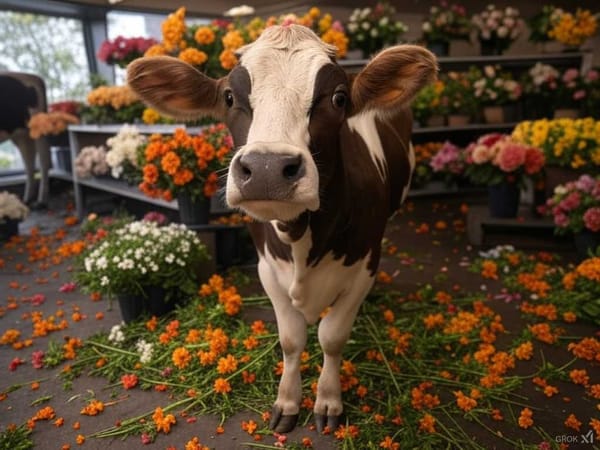Flowers, flavor, and identity of the Oaxacan cuisine
Oaxacan flowers are part of the natural elements that fuse with corn, chiles, meats and enrich the flavor of soups, salads, tamales, beverages, and desserts. Their delicate aroma and texture add color and beauty to many recipes.





